Wind Flow and Vapor Cloud Dispersion at Industrial and Urban Sites
A key component of risk reduction is reducing the potential consequences that could result from toxic or flammable releases. The science of vapor cloud dispersion has advanced significantly in recent years, but one of the long-standing challenges has been in accounting for dispersion around buildings, equipment, and similarly sized geologic and man-made features. With current concerns about terrorism in industrial and urban sites, improving consequence modeling within industrial and urban sites is more important than ever This new definitive book advances the science of vapor cloud dispersion by: ·Describing how structures at an urban or industrial site affect dispersion, and how these effects should be treated in consequence models ·Explaining surface roughness length (z0) and displacement length (d) so that they are clarified for readers with minimal meteorological background ·Presenting criteria for when the structures should be considered broadly as roughness elements, or when they should be considered from the viewpoint of their wake effects ·Defining conditions for which different models apply and providing continuous solutions for transitions between flow regimes. ·Providing the appropriate roughness inputs to transport and dispersion models depending on conditions. ·Demonstrating the application of these techniques through worked examples.
{{comment.content}}

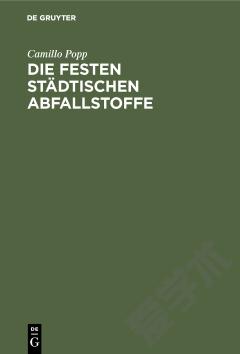
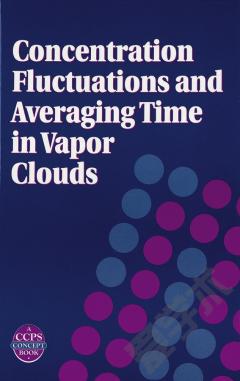
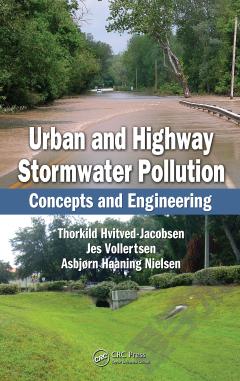
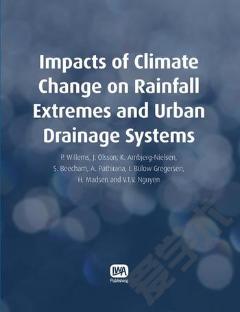
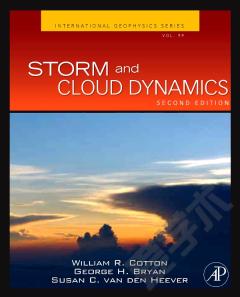


 京公网安备 11010802027623号
京公网安备 11010802027623号